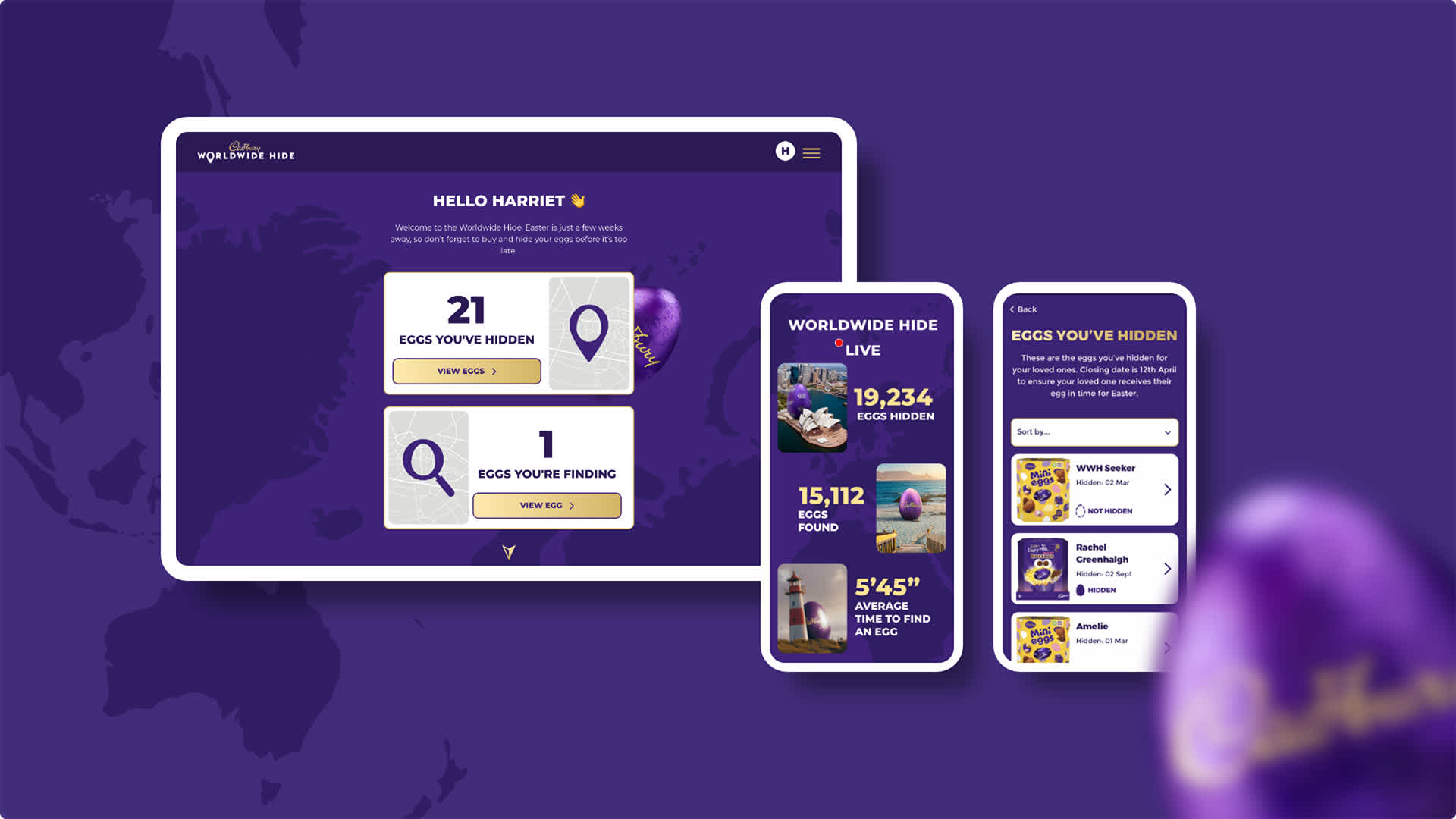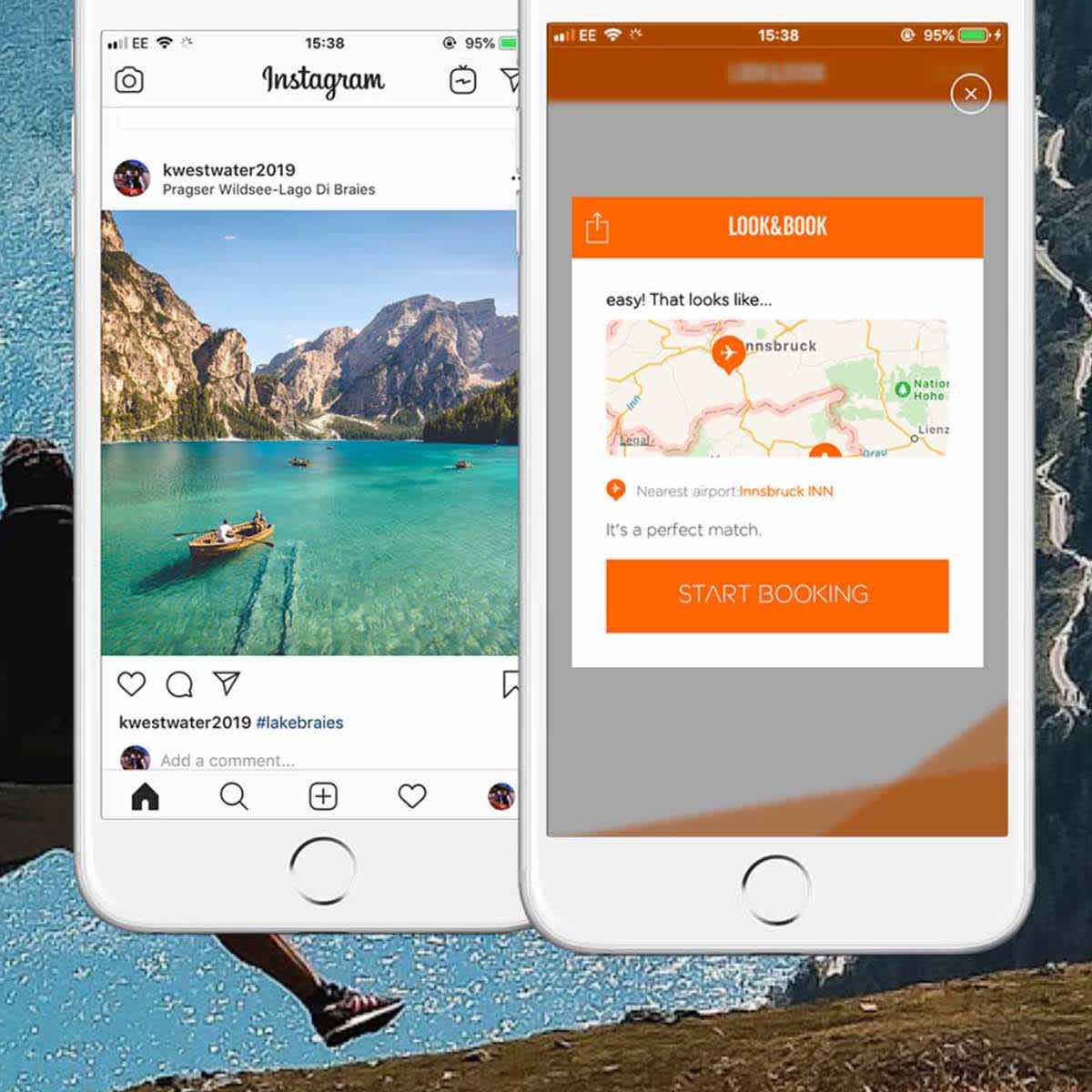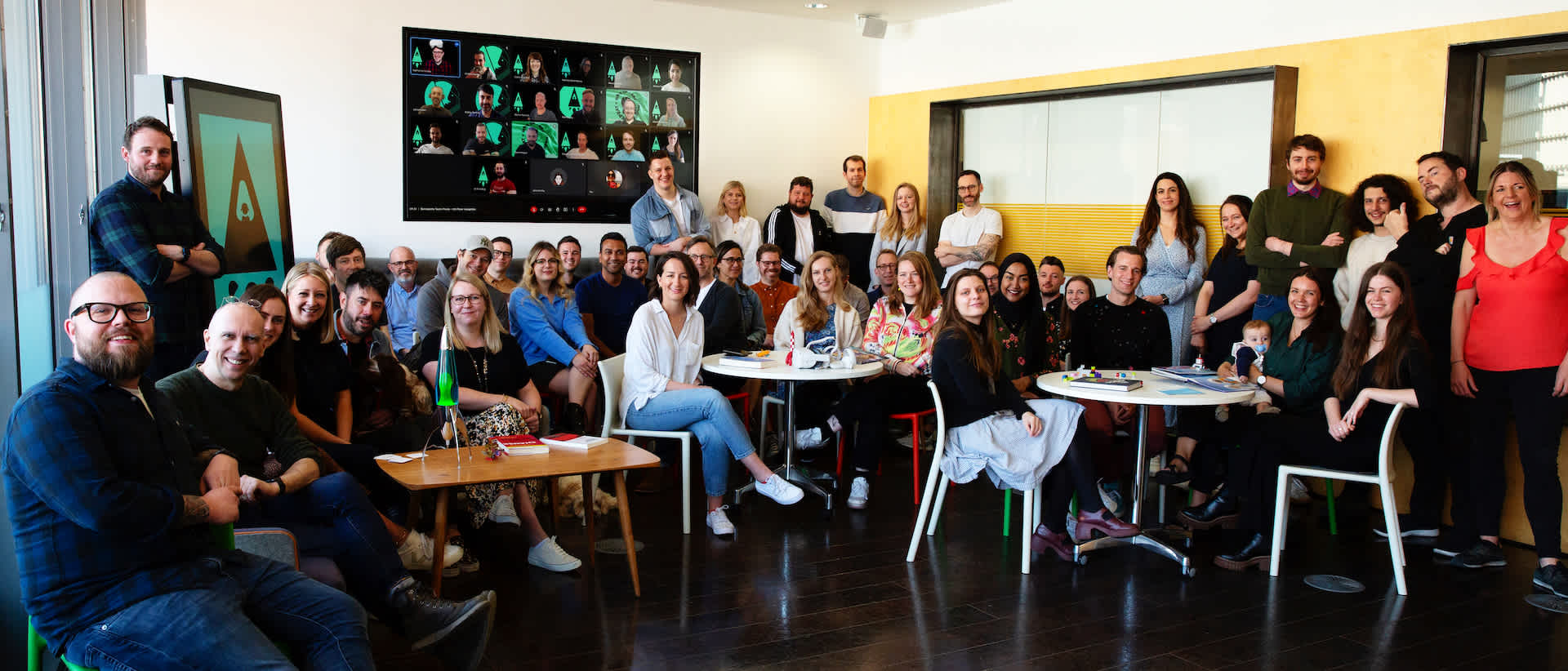Accelerating ecommerce value through breakthrough experiences

With online shopping skyrocketing during the pandemic, retailer capabilities expanding and consumer convenience reaching heady new levels, it’s clear that eCommerce has now taken centre stage in retail.
As normality returns, how can eCommerce brands and retailers — both digital-first and traditional — sustain this momentum, continue to demonstrate category leadership and develop more profitable customer relationships?
In 2020, as the pandemic put life on hold, schools and offices closed and physical retail shut down, the eCommerce space saw precisely the reverse: a dramatic acceleration in demand, new services, and much greater choice and value for the consumer. That year, as new buyers shifted online, existing buyers spent more and new shopping habits were formed, UK eCommerce grew by 50%, the biggest year-on-year increase since 2008.
Research suggests the trend is expected to continue, with double-digit growth predicted in worldwide ecommerce sales expected in the next 3-5 years as brands respond to growing demand and expectations for choice, assortment and hyper-convenient delivery continue to rise.
Weaponising convenience
It’s clear that the shift to online has been driven fundamentally, not by customer experience, but by convenience.
In response to store closures and intensified competition, a gigantic 60% of chain retailers now offer two-hour delivery or faster with around 40% offering free returns according to Statista. And, with the UK subscription box market expected to be valued at £1 billion this year, it’s clear that our appetite for fast, flexible delivery is on the up.

But have online brands made a trade off in prioritising convenience over customer experience? Will this myopic focus on convenience start to hamper growth?
A pressure to surprise and delight
So, double-digit growth? Hyper-convenience and more choice for the consumer? Sounds great right? Actually, this success belies some big deficiencies in today’s ecommerce experiences.
As stores closed during the pandemic shoppers seeking retail therapy had to shift online, creating an opportunity for online retailers. This also accelerated pressure to re-create the sense of excitement and theatre many customers were expecting from physical retail experiences. Not all of them got it right.
The age of dissatisfaction
Despite shopping almost exclusively online during the height of the pandemic, research from AdWeek has revealed that only 40% of buyers actually prefer the experience of shopping online compared to in store and just 15% are currently happy with eCommerce experiences.

Are megalith marketplaces driving the experience down to the lowest common denominators - ease and convenience? Are we suffering from choice fatigue? Has the joy of shopping started to slip away? I would argue all the above.
The fact that research tells us most online shoppers tried new brands in the last year despite advances in convenience highlights the risk of competing exclusively on fulfilment at the expense of customer experience.
Digital innovators such as Nike and Allbirds are challenging in eCommerce experience with more imaginative use of content and slicker services such as Nike’s membership programme but why should innovation remain the reserve of digital first players and startups?

Shopping? Or just buying?
Perhaps surprisingly, research has highlighted that more than half of shoppers actually prefer slower online purchase journeys, citing the time it gives them to reflect on their purchase and mirror the browsing element of shopping in store.
In the process of making eCommerce faster and simpler, retailers have invested exclusively in sharpening the buying funnel at the expense of making the shopping experience, where we think, dream and make our decisions, more engaging. Has this obsession with conversion and cart abandonment blocked real measurement by failing to take into account window shopping, research and casual browsing and held brands back from crafting more memorable experiences?
As Daniel Kahneman’s Peak End Rule told us, memorable moments create a big impact in any customer experience - so where are they in most of today’s ecommerce experiences?!
Cookie cutter eCommerce
Whilst we’ve seen an explosion of unique online propositions emerge we’ve also observed a clear pattern of cookie cutter design — nearly every store looks the same, regardless of category.
Bloomberg’s Ben Schott refers to these businesses as ‘blands’ who claim to be game changing yet conform to an ‘identikit formula’ of business model, look and content, the same homepage, ‘origin story’, delivery promise and monolithic subscription funnel assaulting the buyer.
Other pundits have referred to the “Shopify Effect.” The theory being that whilst Shopify has improved speed to market for online retailers it has had the side effect of homogenising eCommerce stores, resulting in instantly forgettable experiences.

Breaking-through with retail therapy
Now the high street has reopened and investment is returning to in-store experience. It is critical for digital and omnichannel brands to step up, think beyond convenience and bring the joy back to online shopping. We believe there are three key principles for brands seeking to breakthrough in eCommerce through distinctive experiences that put the emotion back into online shopping.
1: Inspire, don’t just transact
Marketplaces such as Amazon act in the lower funnel space alone. It provides perfectly priced products at pace, but struggles to make a human connection.
As experts, specialist brands have an opportunity to close this gap and offer an emotive experience that resonates with customer values and brand purpose and brings the possibilities of the product to life.
Take Patagonia.com — their artful combination of products, activist stories and volunteering content asserts the brand’s expert positioning and purpose, brings the passion of their enthusiast community to life and provides an exciting, visual experience that justifies the higher price point driven by ethical production processes.


Online pureplay apparel retailer Thread offers a fully guided, curated purchase experience, matching shoppers to stylists on the basis of taste. By allowing customers to explore and save looks, they’re constantly soliciting feedback as a way to better boost relevance.
Naked Wines put both purpose and inspiration at the heart of their website and app, landing their mission to build the independent wine market through taste-driven recommendations, live, expert support and exclusive events that connect customers with wine makers.

2: Design for play
In the pursuit of higher conversion rates and painless checkout flows online retailers have become obsessed with fast-forwarding the purchase causing them to miss out on a wealth of opportunities to excite, prime and profile the shopper. Play and gamification within the online shopping experience can actively help customers to discover products in a more memorable way and in tandem enable brands to collect data to power personalisation and performance.
Nike’s Air Max Cloud gamified shopping in a completely new way, allowing sneaker heads to point their smart phone at the sky, discover and buy new trainers and unlock unique music and video content creating a brand new commerce touchpoint.
Fashion app ‘The Yes’ presents fashionistas with tinder-style swipeable product recommendations, making garment finding more entertaining, improving talkability and enabling the retailer to learn more about user tastes in order to boost conversion.

3. Harness people power
Historically, ‘community' in eCommerce has been ‘brand out’ — driven by campaigns, focused on broadcasting to followers and requiring an intense effort in content generation.
Things are changing. As consumers shift from mass to niche spaces to connect, communities can deliver much more than reach and engagement, through customer collaboration and feedback they can shape a successful eCommerce business. To breakthrough, eCommerce brands need to take a fully integrated approach and put people and community at the heart of their business model - from marketing, merchandising and content generation right through to membership and loyalty, and NPD.
Pattern Brands owner of Cookware brand Equal Parts calls this model “direct with consumer”. Equal Parts sell cookware products that come with access to a cooking coach available via live messaging - a valuable service for budding cooks and a smart way to capture unique data to inform product and service improvements.

Unicorn D2C footwear brand Allbirds, one of today's fastest growing sustainable clothing brands actively engage their community in shoe iteration reportedly making 27 product improvements to its first style on the basis of online feedback.
Digital Skincare brand Glossier describe themselves as a ‘people-powered ecosystem’ using Slack, Instagram and events to solicit discussion and feedback from their 3 million strong community prior to product launches directly converting conversation into profit.
Putting your strategy into action
Great product, pricing and convenience are no longer enough to cut through in today’s Amazon-shaped world.
To deliver sustainable growth eCommerce brands need to understand the science and value behind delight and develop experiences to capitalise on this.
As always, bravery and experimentation is the key to success - using customer insight to develop hypotheses and pilots that allow your business to deliver differentiated eCommerce experiences that deliver better results and critically, get people talking.
Are you ready to breakthrough in eCommerce? Get in touch with us today.
Let's talk
Got a business challenge that’s looking for an innovative digital solution? Or, perhaps you’re interested in joining our collective of digital pioneers? Maybe you just want to know a little more about what we do. In any case, we’d love to hear from you.
About the Author
Jasper Bell | Head of Business DesignJasper is a digital veteran with 25 years of varied experience across client and agency side in digital and eCommerce and a 2021 BIMA 100 finalist.
Jasper has helped major global brands such as ASICS Sportswear and Trek Bikes start trading online, advised Unilever on their global digital strategy, managed digital operations at the Energy Saving Trust and overseen digital partnerships at Barclaycard.
At VCCP Jasper advises brands such as Kia, Abbott, Reckitt and Shell, focusing on how to commercialise their digital ecosystems and develop closer customer relationships through digital products and services.





